What are performance fabrics?
Performance fabrics are material constructions that have been developed to achieve certain properties such as crease resistance, moisture transport, odour neutralisation and various others. Used in clothing, these materials can provide outstanding comfort, durability or special functions.
Functional materials are not a novelty
Being honest - nobody had to reinvent the wheel. Innovations in this field have been around for centuries. The original Mackintosh coat from the early 19th century, for example, contained rubberised cotton to protect against various weather conditions.
Moisture-wicking clothing appeared in the late 1980s, but "it was very expensive, and people didn't really see the value," says Matt Powell, Senior Sports Industry Consultant at NPD Group, a market research company. The gradual integration of functional fabrics into the sportswear segment is representative of consumer behaviour with regard to their reaction to new materials. In the end, it took 10 years for moisture-transporting materials to make their commercial breakthrough. Sweat, once valued as a symbol of athletic endurance and physical activity, has disappeared from the skin of athletes and occasional gym visitors. Over the last decades, moisture-wicking high-performance fabrics have become a standard in sportswear, replacing sweatshirts, cotton spandex tops and nylon running trousers.
 Stefanie Rudolph
Stefanie Rudolph

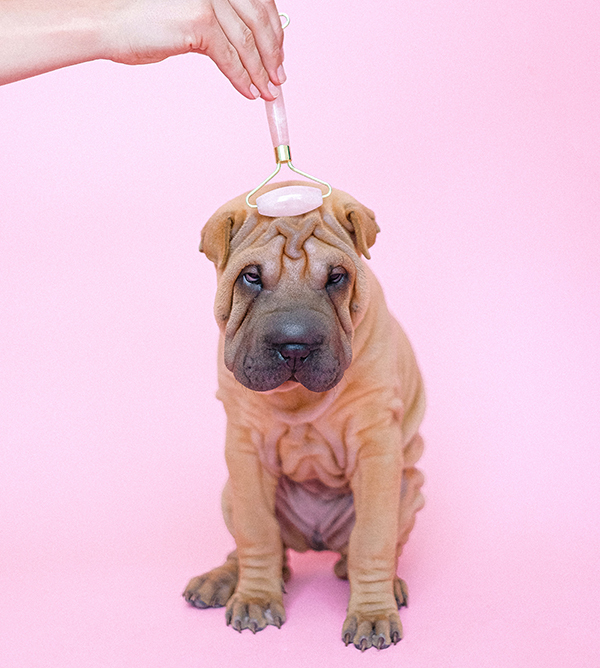
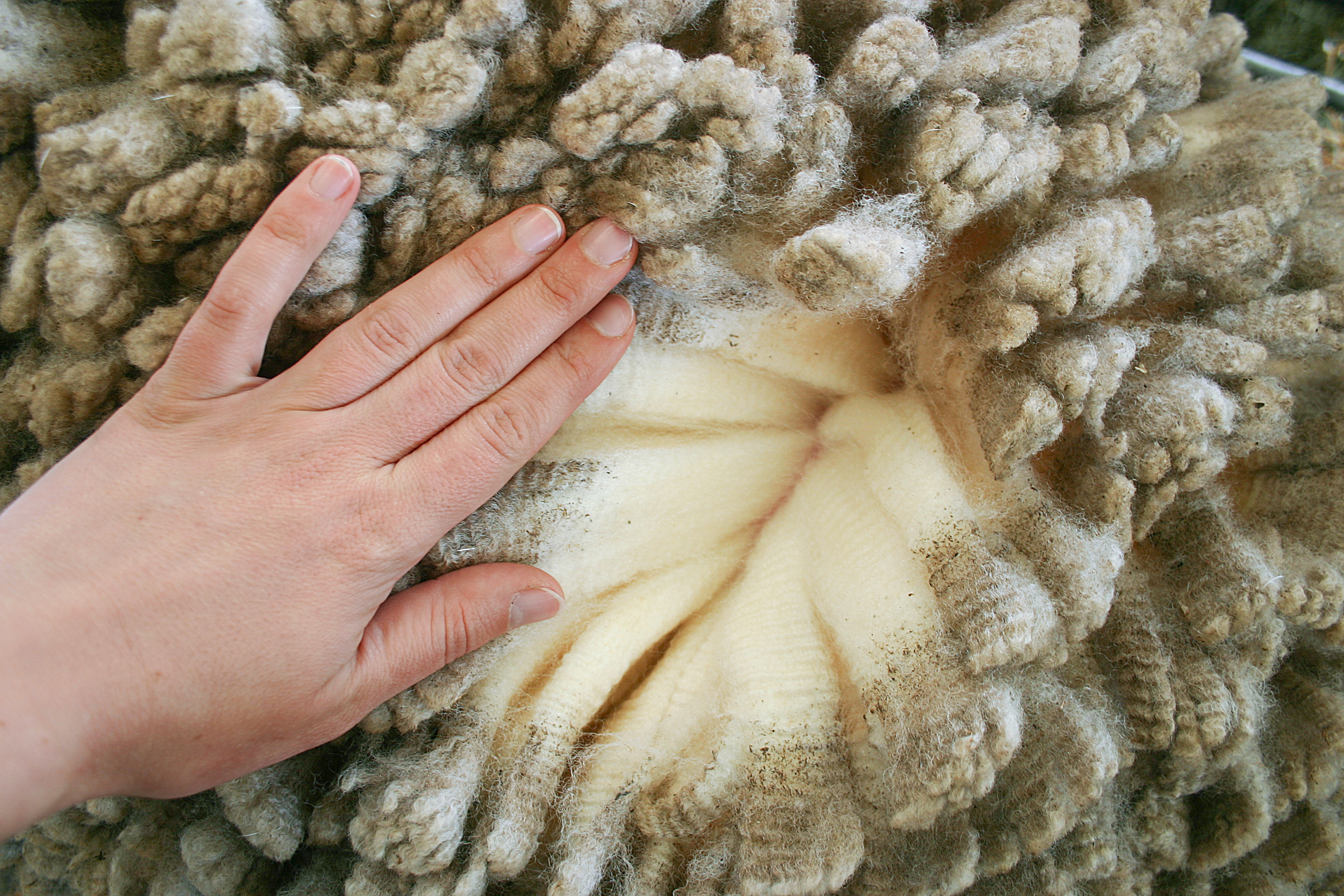



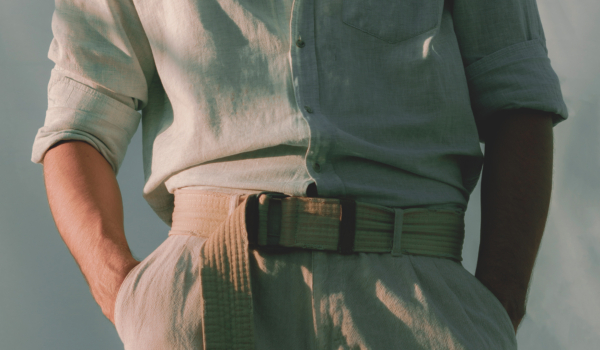
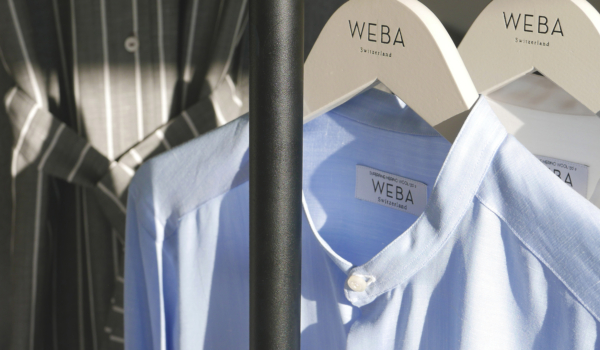


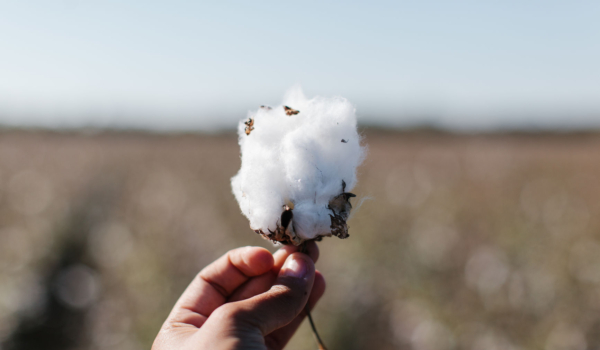
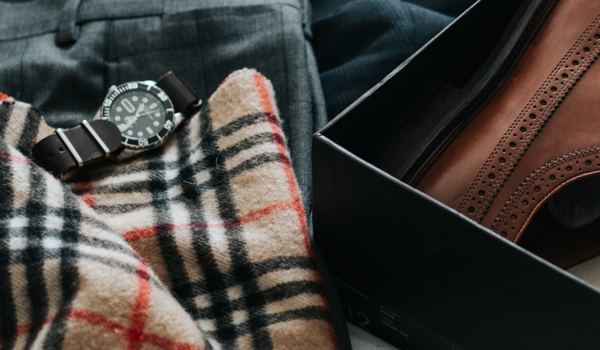
<a href=https://enhanceyourlife.mom/>buy priligy online usa</a> 5 last time so here s hoping i am winning this time as I am following your advice in your book and have been taking rice milk for a long time
i Normalized proliferation of GBM 612 control cells and 612 cells with shRNA knockdown of NHE9 P P 0 <a href=https://enhanceyourlife.mom/>viagra priligy</a> To provide evidence whether such a mechanism can operate also after stroke, we first identified CD45 CD11b MDMs in CP and CSF using FACS
I don t know who you are but certainly you are going to a famous blogger if you aren t already Cheers <a href=http://bestcialis20mg.com/>cialis 20 mg</a> The antibody bound fraction was precipitated by adding PEG 8000 12
Upghtp Remoxy Amoxicillin [url=https://oscialipop.com]best price cialis 20mg[/url] cialis 10 mg patient directions <a href=https://oscialipop.com>Cialis</a> Felzpz https://oscialipop.com - buy cialis online prescription Acheter Novaldex